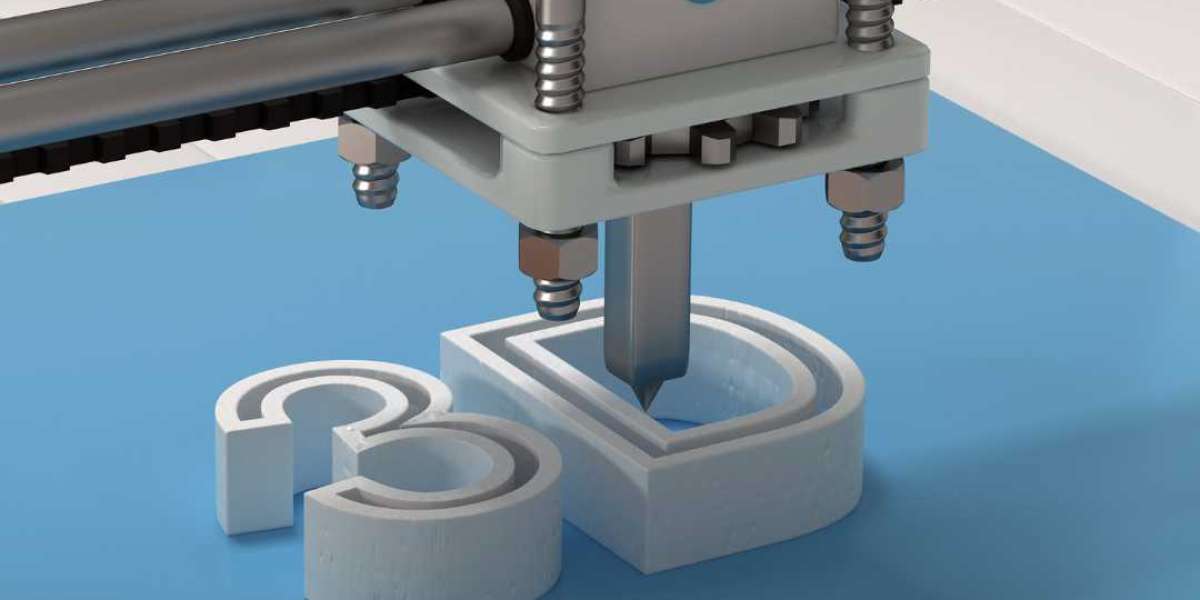Are you looking to find the perfect 3D printer filament for your next project? With so many options available, it can be overwhelming to choose the right one. In this article, we will compare PLA+ filament with other 3D printer materials to help you make an informed decision.
What is PLA+ Filament?
PLA+ filament is an upgraded version of PLA (Polylactic Acid) filament, which is a biodegradable and environmentally friendly plastic material. The "+" in PLA+ indicates that it has been improved for better performance and durability compared to standard PLA filament. PLA+ is known for its ease of use, low warping, and minimal odor during printing.
Advantages of PLA+ Filament
- Ease of Printing: PLA+ filament is known for its ease of printing, making it ideal for beginners and professionals alike.
- Low Warping: Unlike some other materials, PLA+ Filament has low warping, which means your prints will have less deformation during the printing process.
- Environmental Friendliness: PLA+ filament is biodegradable and non-toxic, making it a popular choice for environmentally conscious users.
- Wide Color Selection: PLA+ filament is available in a wide range of colors, allowing for creative and colorful 3D prints.
Other 3D Printer Materials
ABS Filament
ABS (Acrylonitrile Butadiene Styrene) filament is another popular material used in 3D printing. It is known for its strength and durability, making it suitable for functional parts and prototypes. However, ABS filament can be challenging to print with due to its high printing temperature and tendency to warp.
PETG Filament
PETG (Polyethylene Terephthalate Glycol) filament is a versatile material that combines the strength of ABS with the ease of use of PLA. It has excellent layer adhesion, minimal warping, and is resistant to moisture and chemicals. PETG filament is suitable for a wide range of applications, including prototypes, mechanical parts, and containers.
TPU Filament
TPU (Thermoplastic Polyurethane) filament is a flexible and elastic material that is ideal for printing objects that need to bend or stretch. TPU filament is resistant to abrasion, oil, and grease, making it suitable for applications such as phone cases, shoe soles, and seals.
PLA+ Filament vs. Other 3D Printer Materials: Comparison
When comparing PLA+ filament with other 3D Printer Materials, it is essential to consider factors such as ease of printing, strength, flexibility, and environmental impact. While PLA+ filament is known for its ease of use and environmental friendliness, materials like ABS, PETG, and TPU offer different advantages and properties.
- Strength and Durability: ABS filament is known for its strength, making it suitable for functional parts. PETG filament offers a balance of strength and ease of use, while TPU filament provides flexibility and elasticity.
- Ease of Printing: PLA+ filament is the easiest to print with, while ABS filament can be challenging due to warping. PETG filament offers a good balance of strength and printability.
- Environmental Impact: PLA+ filament is biodegradable and environmentally friendly, making it a popular choice for eco-conscious users. ABS, PETG, and TPU filaments are not biodegradable but can be recycled.
Conclusion
In conclusion, when choosing a 3D printer filament for your next project, consider the properties and advantages of each material. PLA+ filament is an excellent choice for beginners and environmentally conscious users, while materials like ABS, PETG, and TPU offer different strengths and properties for various applications. Ultimately, the best filament for you will depend on your specific needs and the requirements of your project. Explore the different options available and choose the filament that best suits your printing needs.







